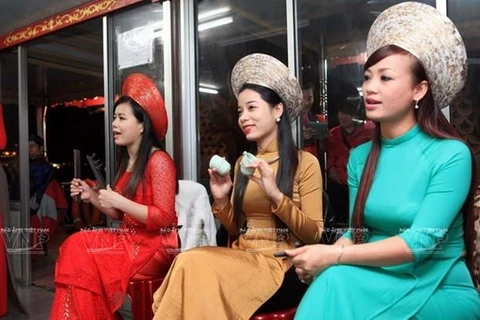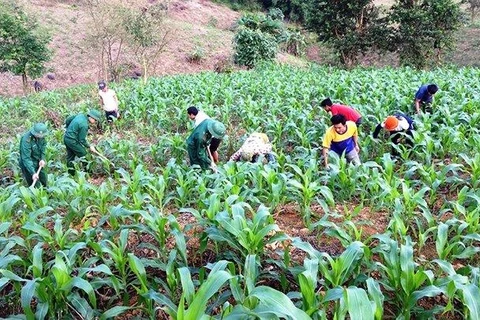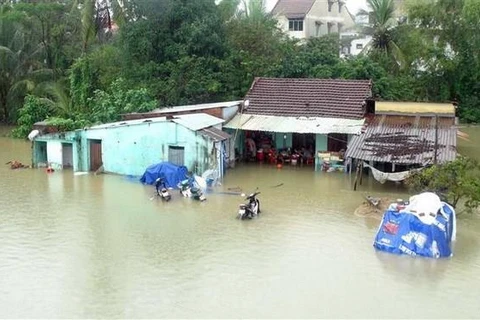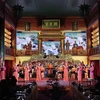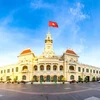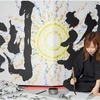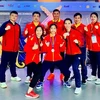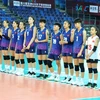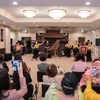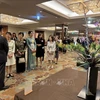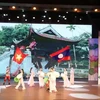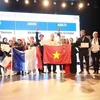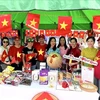Hanoi (VNA) - The Culture, and Sports Department of the central province of Thua Thien-Hue is compiling a scientific dossier for Hue folk singing to seek UNESCO’s recognition as part of the world intangible heritage.
Phan Thanh Gian, director of the department confirmed the news and said the authorities have hosted a training session for over 350 local artists in performing the art between November 11 and 30.
After the session, the department will examine the practice of singing Hue folk songs on tourism boats in the city to turn the art into a local tourism product, he said.
In 2015, the Ministry of Culture, Sports and Tourism listed Hue folk singing as a national intangible cultural heritage.
The art includes singing and instruments of traditional melodies ranging from royal performance to daily life.
Hue folk songs have strict structures, which have developed into professional classic styles in lyrics, melodies and performances.
Various traditional instruments accompany the singer, including the 16-string zither, two-string zither, monochord, flute and drum.
Delicate skills in singing and playing instruments in the art of Hue folk singing bear significant local features with the accent of Hue people. The art has been considered a bridge between royal and folk music genres./.

